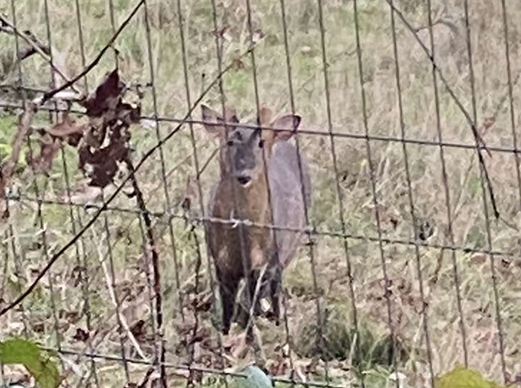
Common Brimstone Butterfly
(Gonepteryx rhamni)
Description
Common brimstone butterflies have wingspans of 6-7.4 cm. Their wings are pointed, and pale green or bright yellow, with an orange-brown spot on each. The species displays sexual dimorphism, with females being green and males having a yellow colour. They have grey-green and brown bodies, and their wings have brown spots and visible veins in their wings, giving them a leaf-like appearance.
Brimstone caterpillars also have cryptic colouration, having a bright green colour. This allows them to blend in with the leaves they feed on.
Distribution
Brimstone butterflies are widespread in many areas around England, Wales and Ireland. There are around fifteen recorded species in the Gonepteryx genus, with species and subspecies endemic to different regions. Common Brimstone butterflies (Gonepteryx rhamni) can be found throughout Asia, North Africa and Europe.
The butterflies hibernate in the colder winter months but may be seen on warm days and most commonly in spring. Female brimstones lay their eggs between April and July after mating, and die soon after this. After around ten days, small caterpillars hatch. This larval stage lasts around a month, after which they enter their pupal stage for about two weeks.

Interactions
These butterflies are eaten by some birds and predatory invertebrates.
As caterpillars, they eat buckthorn and alder buckthorn. As adults, they eat nectar and have long proboscises to access more difficult-to-reach nectar.
Folklore and etymology
The name ‘Brimstone’ is thought to be linked to the yellow colour of the males, as brimstone is a word used to describe sulfur, which has the same colour as male Brimstone butterflies.
Male brimstone butterflies may have inspired the word ‘butterfly’ due to their bright yellow colour.
RELATED POSTS
View all


